Cross-Straits fair flies the flag for cultural assets, diversity
By Yuan Shenggao| China Daily| Updated: Nov 4, 2019
Important national event aims to create more exchanges across multiple areas
The 12th Cross-Straits (Xiamen) Cultural Industries Fair is taking place in Xiamen, a port city in East China's Fujian province, with the region's wealth in talent and cultural creativity on full show, organizers said.
Starting Friday, the four-day event covers 75,000 square meters with 3,512 booths, in which the achievements and latest trends in arts and crafts, creative design, cultural and creative tourism, as well as film and television are being highlighted.
Organized by the Taiwan Affairs Office of the State Council, the Ministry of Culture and Tourism, the National Radio and Television Administration and Fujian Provincial government, the event is one of the top-level cultural exhibitions in the country.
The annual Xiamen cultural fair, launched in 2008, is a key platform for cross-Straits cultural trade and exchanges.
For the first time, the fair has set up the "guests of honor" exhibition, with this year Ningbo of Zhejiang and Taichung of Taiwan selected. Top organizations and enterprises from both cities have been invited to showcase their special cultural products.
Big players in the cultural industry across 15 provinces, municipalities and special administrative regions, including Chongqing, Hebei, Jiangsu, Henan, Shaanxi, Guizhou and Macao, as well as Nantou, Changhua and Jinmen in Taiwan are exhibiting their specialties in themed pavilions.
A 6,500-sq-m exhibition area has been set up to showcase top crafts from Taiwan.
Masters in traditional and modern handicrafts, inheritors of intangible cultural heritages, as well as ceramics enterprises from Jingdezhen in Jiangxi province are also displaying their meticulously crafted works.
Art and design centered around China's tea culture are the focus of a competition held at the fair, with release of new tea pot and cup designs, furniture and tea-drinking rooms.
Original works from 49 colleges from both sides of the Straits are also being exhibited, among them 13 colleges have their individual exhibition booths.
A total of 10 original Taiwan cultural brands, including those engaged in sketching and painting, will showcase their interpretations of the current aesthetics popular in their fields.
The cultural and creative tourism area of the fair is focusing on the integration of cultural and tourism industries, gathering a large number of projects in those areas.
Another highlight of this area is the promotion of a Taiwan shopping festival for cultural and creative products, which has attracted leading content-producing enterprises and startups from the cities of Chiayi, Hsinchu and Kaohsiung in Taiwan.
The digital content and media section is showcasing the latest developments and achievements in Xiamen's film and television industry, as well as introducing financial capital and cutting-edge technologies to boost interdisciplinary collaboration.
This year's fair is hosting 39 supporting activities including themed forums, matchmaking meetings, promotional activities and agreement signing ceremonies.
A cross-Straits matchmaking meeting for talent in the creative culture industry, a key opportunity for Xiamen to introduce talent from Taiwan, runs from Friday to Saturday.
The sixth session of cross-Straits college student creative culture forum will be held on Sunday. High-profile leaders from academic organizations and art research centers have been invited to share expertise in their fields.
An IP conference centering on cross-Straits culture and tourism industries is another highlight of the fair. Business insiders and researchers from organizations and companies from the Chinese mainland, Hong Kong Special Administrative Region and Japan will discuss ways in which to incubate new cultural brands.
The Fujian pavilion, set up by the Fujian provincial government, is showcasing the major achievements of the province in cultural tourism since the founding of the People's Republic of China, highlighting the effects of industrial integration.
A total of 28 branch venues have been set up in Xiamen's cultural industrial parks, tourism attractions and key cultural and tourism enterprises, with the aim of exploring local cultural and tourism resources.
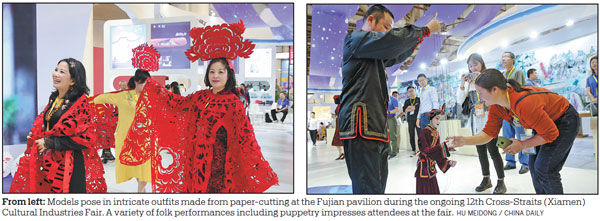
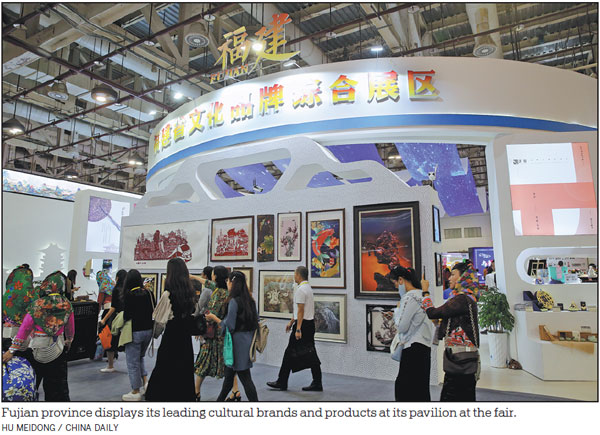
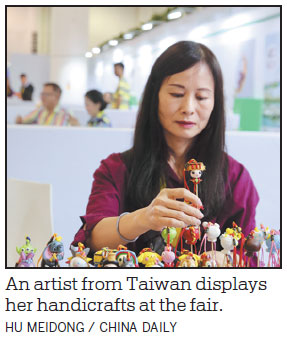

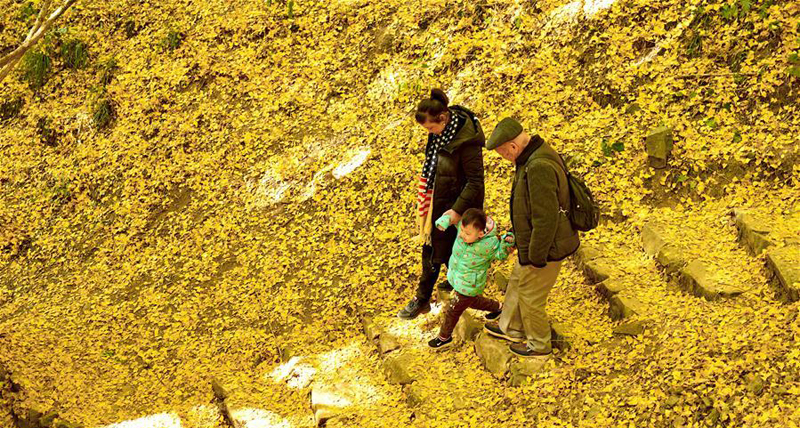
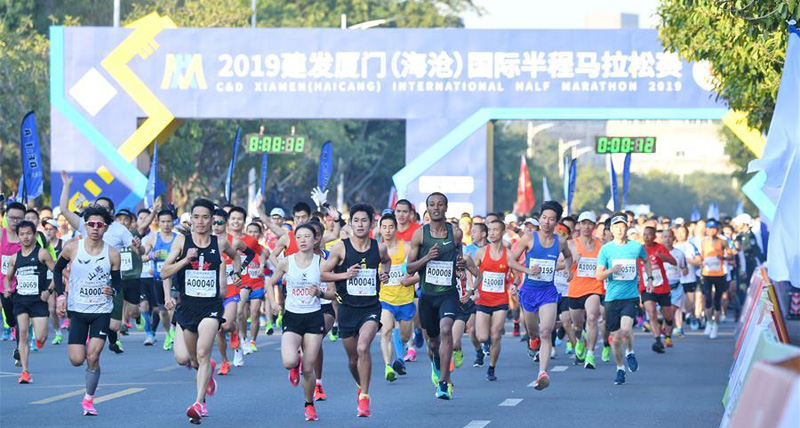
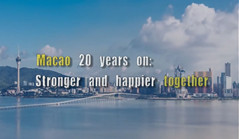 play
play